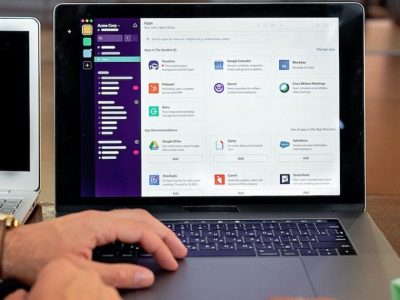It doesn’t keep up the condition of the meeting without help from anyone else – an aggressor doesn’t need to imitate meeting support systems , it is sufficient to give a solicitation to accomplish the objective. Instruments, for example, the utilization of treats permit recreating a virtual meeting by trading extra data in each solicitation/reaction, yet they are not powerful in the event that they are not carried out well, and they present extra security and protection issues .
There are numerous extra special cases and variations to these things; specifically, SSL is broadly utilized as a vehicle level encryption convention in customer – worker interchanges . As we will clarify beneath, this is a long way from tackling every one of the weaknesses of the application.
Legends about web security
The client will just send anticipated data sources – HTML upholds the utilization of labels that control the contributions to the application, for instance if the application utilizes covered up fields to send touchy data these can be effectively controlled from the customer.
Approval must be done on the customer side with JavaScript – if no approval is done on the worker side, any assailant who sidesteps this approval (not in the least hard to accomplish) will have full admittance to the whole application.
The utilization of firewalls is adequate – as we clarified above, if the firewall needs to empower ports 80 and/or 443 for the application to be open to the outside, it will do nothing to recognize pernicious customer input, and obviously it isn’t assurance. against inward assaults.
The utilization of SSL is an adequate arrangement – SSL essentially covers the HTTP demand/reaction making it hard to catch the traffic among customer and worker, yet it doesn’t add security to the worker or keep the sending of malignant code from the customer.
Basic dangers
Different outer assaults that might be presented to a website web are normally grouped into 6 primary classes. We will demonstrate every one and the most regular sorts of assaults they incorporate, and afterward we will portray four of them in more noteworthy detail.
Confirmation: they are those that abuse the approval technique for the character of a client, administration or application
Animal power
Deficient validation
Powerless secret key recuperation approval
Approval: they abuse the system of a site to decide whether a client or administration has the important authorizations to execute an activity .
Accreditations or Session Prediction
Deficient approval
Deficient Session Expiration
Meeting Fixed
Legitimate Attacks: they abuse the application rationale (the procedural stream utilized by the application to play out a specific activity.
Maltreatment of usefulness
Refusal of Service
Deficient Anti-Automatism
Deficient interaction approval
Control of data sources (URL, fields)
Assaults to the customer: they assault the client of the application.
Content Spoofing
Cross-Site Scripting
Order Execution – Attacks intended to execute far off orders on the worker.
Support Overflow
Organization String
LDAP Injection
Order Execution (OS Commanding)
SQL Injection
SSI Injection
XPath Injection
Data Theft: assaults that expect to secure explicit data about the site.
Registry ordering
Run into each other
Asset area forecast
Data spill
The assaults that we will portray are SQL Injection, Input Manipulation, Command Execution, and Cross Site Scripting.













Comments